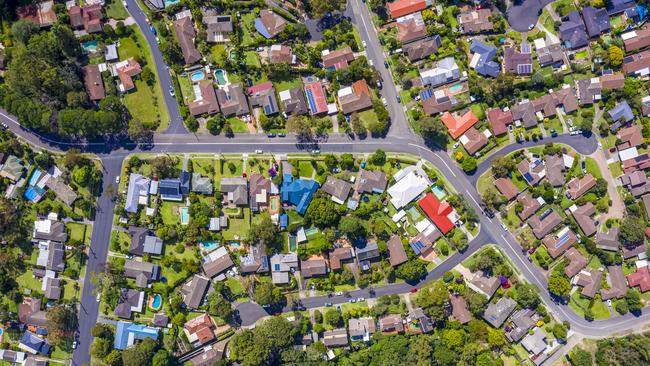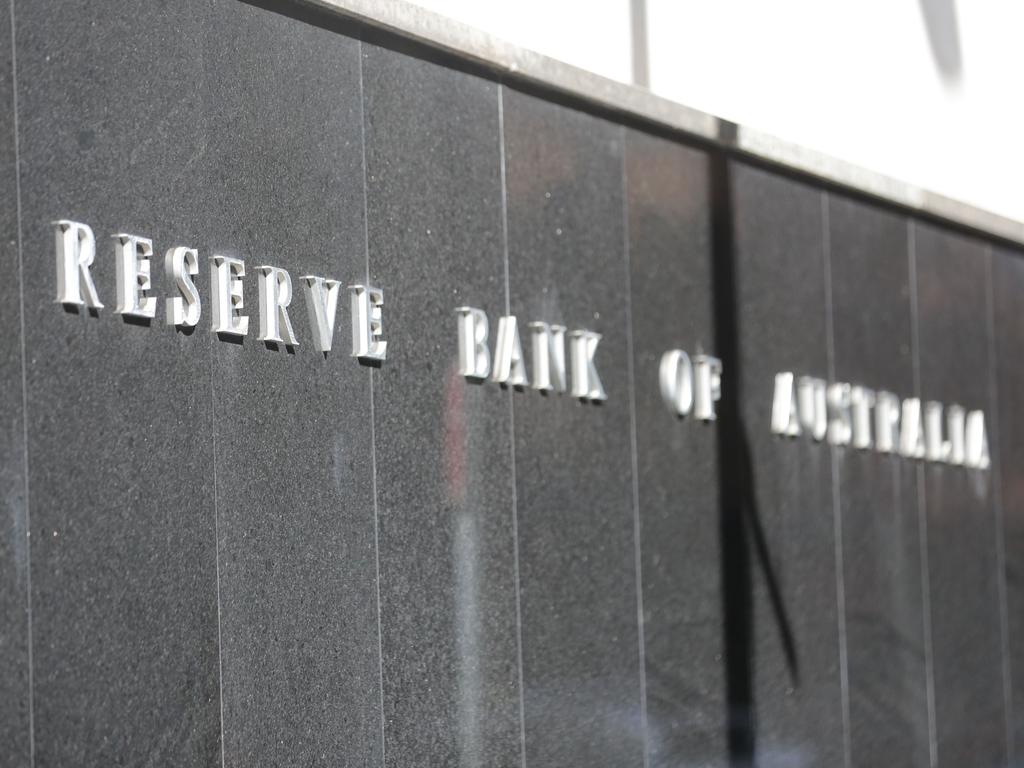Anthony Albanese’s $10bn Housing Australia Future Fund facing defeat in the Senate
Anthony Albanese’s signature $10bn Housing Australia Future Fund is facing defeat in the Senate amid a crossbench revolt.

Anthony Albanese’s signature $10bn Housing Australia Future Fund is facing defeat in the Senate amid a crossbench revolt fuelled by warnings from experts and superannuation funds that not enough is being done to avert a “perfect storm” rental and housing crisis.
The Greens, the Jacqui Lambie Network and David Pocock are threatening to block the government’s plan unless Labor lifts its social housing targets and pumps billions more directly into affordable-housing projects.
The stand-off with crossbenchers comes as Industry Super Australia – representing the nation’s biggest industry funds including AustralianSuper, Cbus, HESTA and Hostplus – warned that the Prime Minister’s five-year plan to build 30,000 new affordable homes would fail without an additional $10bn capital injection.
Under pressure to land a deal, Housing Minister Julie Collins is expected to negotiate amendments with key crossbenchers this week following the release of a Senate inquiry report into the HAFF on Wednesday. The Albanese government has eight sitting days this fortnight to push four key pieces of legislation through parliament for its housing plan, the safeguard mechanism, the $15bn National Reconstruction Fund and the voice referendum machinery.
Ahead of the HAFF legislation arriving in the Senate on Friday and a final vote next week, Senator Pocock said: “We need to see more ambition from the government otherwise this problem is going to continue to worsen. Spending $500m a year, if the returns from the HAFF are good, over five years to tackle what everyone agrees is a huge and growing housing crisis simply won’t cut it.”
Ms Collins said she was having constructive conversations with crossbenchers but warned that “standing in the way of this legislation” would risk new homes that were needed across the country.
“The $10bn Housing Australia Future Fund is the single biggest investment from the federal government in social and affordable housing in more than a decade,” Ms Collins said.
With the Coalition blocking key bills including the HAFF, the Albanese government needs the Greens’ 11 senators and two crossbenchers to push its legislation through the parliament. In addition to the housing fund, the government is struggling to lock in a second crossbencher to back its manufacturing fund, the NRF.
Greens housing spokesman Max Chandler-Mather said there were “a lot of people” angry that Labor could find $368bn to spend on nuclear attack submarines “but can’t find a single extra cent to spend directly on public and affordable housing”.
The Greens sent out 225,000 letters and launched a blitz of Labor seats Lilley, Blair, Moreton, Fremantle, Swan, Franklin, Wills and Canberra on the weekend, warning that the shortage of social and affordable housing would hit 715,000 homes by 2027, dwarfing the government’s pledge to build 30,000 affordable homes.
Mr Chandler-Mather said Labor faces losing seats at the next election unless it works with the Greens to “take real action … that includes direct investment in public and affordable housing, and national rent caps”.
“We spoke to lifelong Labor voters willing to sign our petition calling on Labor to accept the Greens demands to invest $5bn in public and affordable housing,” the Greens MP said.
“We spoke to single mums already contemplating homelessness because they couldn’t afford any more rent increases, we spoke to thousands of people all insisting that the Greens refuse to pass Labor’s bill until they agree to the Greens demands.
“The feedback from over 80 per cent of the conversations we had across the country was crystal clear: the Greens should not support Labor’s plan that does nothing for renters, and will make the crisis worse.”
In its submission to the Senate inquiry into the HAFF, Industry Super Australia punched holes in Treasurer Jim Chalmers’ ambitions to draw super funds into the investment chain for affordable housing. “ISA has been working closely with funds, collective investment vehicles, community housing providers, and NHFIC to assess the capital finance requirements likely to be needed to deliver on the policy commitment of 30,000 (40,000 including the separate budget appropriation) social and affordable dwellings,” the submission says.
“Using estimated construction costs of around $550,000 per dwelling and underlying net rental cashflows available to support servicing commitments there is an identifiable project financing gap. Under conservative assumptions it is likely more than $10bn in additional capital will need to be found to construct 40,000 social and affordable dwelling units.”
The Labor-held seats of Canberra, Sydney, Spence, Adelaide, Solomon, Blair, Fenner and Hotham feature in the top 15 electorates with expiring National Rental Affordability Scheme incentives between 2020 and 2026. The scheme provides financial incentives to increase the supply of affordable rental housing, reduce rental costs for low-to-middle income households and encourage large-scale investment in affordable rental housing.
Experts have warned of a “perfect storm” fuelled by the rental affordability crisis and projected plunge in new construction.
University of NSW housing research and urban planning expert Hal Pawson said the sector was in turmoil, particularly in the private rental market where rents for houses had increased nationally by 23 per cent since the pandemic struck in early 2020.
“In a number of ways the problems and stresses currently coming out in the system aren’t a brand new thing; we all know housing affordability has been gradually getting worse for some period,” Professor Pawson said. “The other major symptom of a more deeply embedded problem in the housing system is the adequacy of the social housing sector to absorb homeless people and people in need … that adequacy has been shrinking for decades. I do think the (HAFF) is only a start.”
Professor Pawson said there were broader housing issues, with a sharp fall in new home construction and the interest rate mortgage cliff that almost one million households would soon face.
Under the off-budget housing future fund, up to $500m per year would be spent on constructing new social and affordable housing with the aim of constructing 30,000 homes over five years. While this would amount to more than that delivered directly by the commonwealth over the past decade, it would barely make an impact on the current unmet demand for social and affordable housing which is estimated at about 650,000 homes.







To join the conversation, please log in. Don't have an account? Register
Join the conversation, you are commenting as Logout